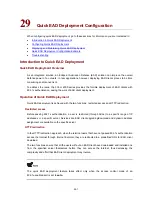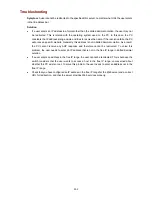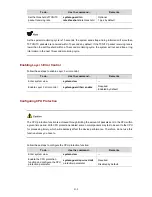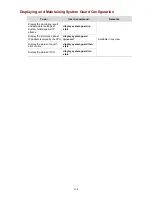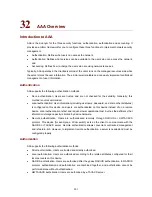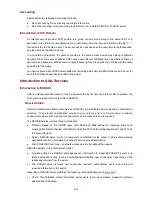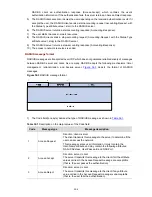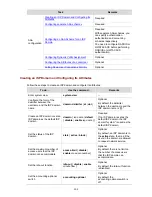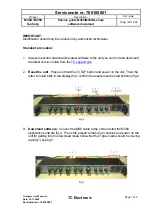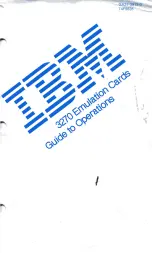
RADIUS client an authentication response (Access-Accept), which contains the user’s
authorization information. If the authentication fails, the server returns an Access-Reject response.
The RADIUS client accepts or denies the user depending on the
5)
received authentication result. If it
-Request, with
ADIUS server.
7)
he Status-Type
.
s a stop-accounting response (Accounting-Response).
resources is ended.
RADIUS message form
DIUS server and client. As a remedy, RADIUS adopts the following mechanisms: timer
backup server.
Figure 32-3
accepts the user, the RADIUS client sends a start-accounting request (Accounting
the Status-Type attribute value = start) to the R
6) The RADIUS server returns a start-accounting response (Accounting-Response).
The user starts to access network resources.
8) The RADIUS client sends a stop-accounting request (Accounting-Request, with t
attribute value = stop) to the RADIUS server
9) The RADIUS server return
10) The access to network
at
RADIUS messages are transported over UDP, which does not guarantee reliable delivery of messages
between RA
management, retransmission, and
depicts the format of RADIUS
messages.
Figure 32-3
RADIUS message format
s shown in
Table 32-1
1) The Code field (one byte) decides the type of RADIUS message, a
.
Table 32-1
De
alues of the Code field
scription on the major v
Code
Message type
Message description
1 Access-Request
he
n the
ay contain the following attributes:
Direction: client->server.
The client transmits this message to the server to determine if t
user can access the network.
This message carries user information. It must contai
User-Name attribute and m
NAS-IP-Address, User-Password and NAS-Port.
2 Access-Accept
nt if all the attribute
ss-Request message are acceptable
Direction: server->client.
The server transmits this message to the clie
values carried in the Acce
(that is, the user passes the authentication).
3 Access-Reject
nt if any attribute
value carried in the Access-Request message is unacceptable
(that is, the user fails the authentication).
Direction: server->client.
The server transmits this message to the clie
32-4

